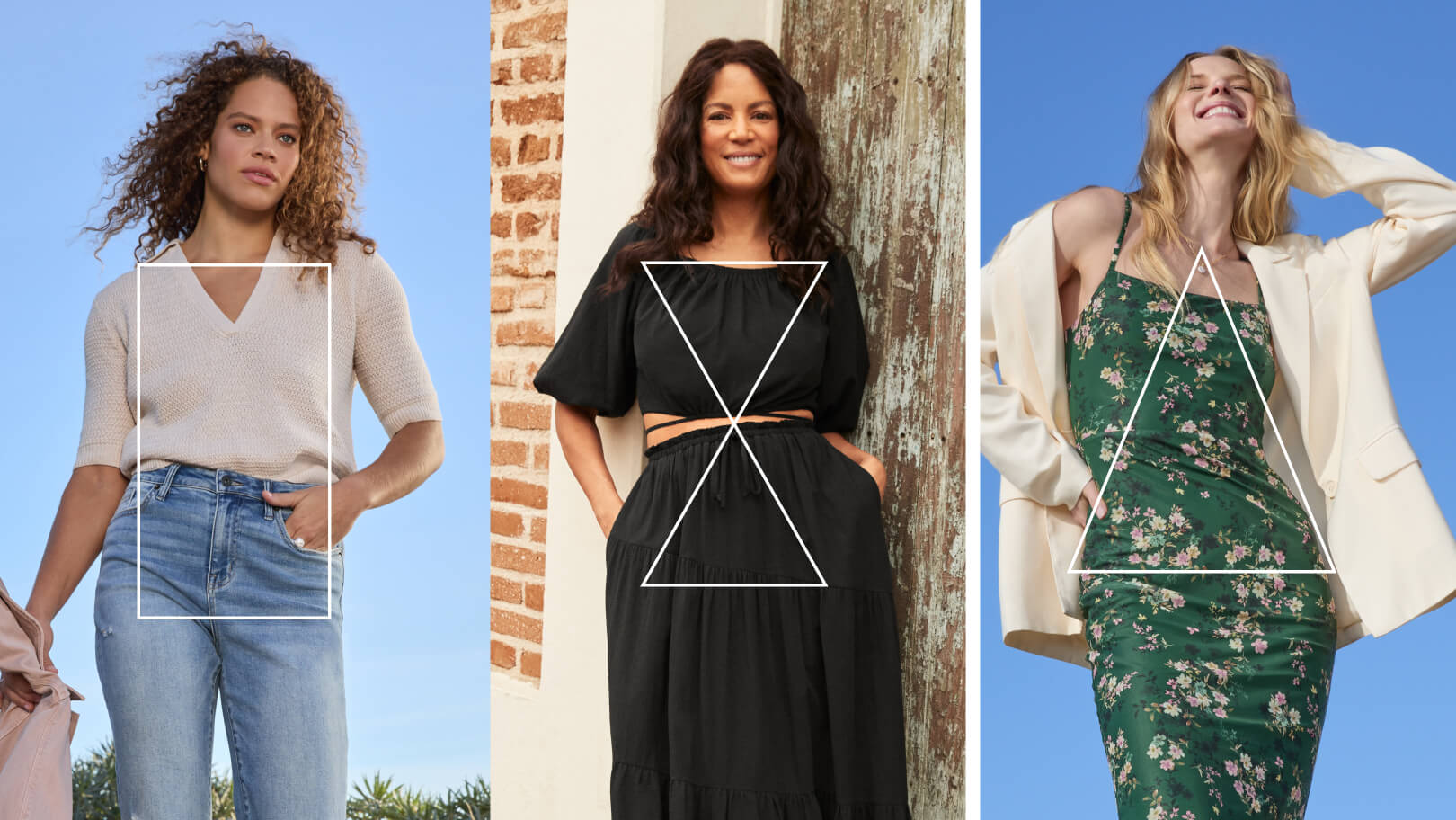
Fashion is not about fitting into trends—it’s about finding clothing that works for you. Understanding your body shape is the first step toward building a wardrobe that flatters your figure and boosts your confidence. Whether you’re curvy, petite, athletic, or somewhere in between, knowing what works for your proportions will make dressing easier and more enjoyable.
Why Dressing for Your Body Shape Matters
Every person has unique proportions, and clothing can either highlight your best features or create imbalance. When you understand your body shape, you can choose cuts, fabrics, and styles that make you feel comfortable and confident without second-guessing your outfits. It’s about embracing your natural shape and working with it—not against it.
How to Identify Your Body Shape
Your body shape is determined by the relationship between your bust, waist, and hips, rather than your size or weight. The most common shapes include:
- Hourglass: Balanced bust and hips with a defined waist.
- Pear (Triangle): Hips are wider than the bust and shoulders.
- Apple (Inverted Oval): Broader upper body with less-defined waist and slimmer hips.
- Rectangle (Athletic): Bust, waist, and hips are similar in width with minimal curves.
- Inverted Triangle: Broad shoulders or bust with narrower hips.
Dressing for an Hourglass Shape
The hourglass figure is naturally balanced, so your goal is to maintain proportion and highlight your waist.
Best Choices:
- Fitted dresses and wrap styles.
- High-waisted skirts and trousers.
- Belts to emphasize your waist.
Avoid: - Oversized or shapeless clothing that hides your curves.
Dressing for a Pear Shape
With a pear shape, the focus is on balancing your lower half by drawing attention upward.
Best Choices:
- Structured tops and jackets.
- Statement necklines and accessories.
- A-line skirts and wide-leg trousers.
Avoid: - Clingy fabrics around the hips.
Dressing for an Apple Shape
For an apple shape, the goal is to elongate your torso and create a more defined waistline.
Best Choices:
- Empire waist dresses and tops.
- V-necklines to draw the eye down.
- Flowing fabrics that skim the midsection.
Avoid: - Tight belts at the waist.
Dressing for a Rectangle Shape
With a rectangle shape, your aim is to create curves and define the waist.
Best Choices:
- Peplum tops and belted dresses.
- Layered outfits to add dimension.
- Flared skirts and trousers.
Avoid: - Boxy, shapeless silhouettes.
Dressing for an Inverted Triangle Shape
For this shape, balancing broader shoulders with the lower half is key.
Best Choices:
- A-line skirts and wide-leg pants.
- V-neck and scoop-neck tops to soften the shoulders.
- Soft fabrics and minimal shoulder detailing.
Avoid: - Boat necklines and padded shoulders.
Universal Tips for All Body Shapes
- Fit is everything: Clothes that fit well will always look better than expensive items that don’t.
- Balance proportions: Use clothing to visually even out your shape.
- Highlight your favorite features: Whether it’s your legs, waist, or shoulders, showcase them.
- Comfort is key: If you’re not comfortable, it will show.
Building a Body-Shape-Friendly Wardrobe
Start with essentials that work for your shape and can be mixed and matched. Then, gradually add trend pieces that still complement your proportions. Always try clothes on and experiment—you might be surprised by what works.
Final Thoughts
Fashion should make you feel empowered, not pressured to fit a mold. By dressing for your body shape, you’re working with your natural proportions to bring out your best self. Remember—your body is unique, and the right clothes will help you embrace it with style and confidence.








